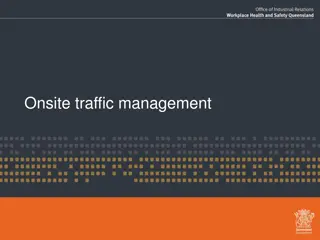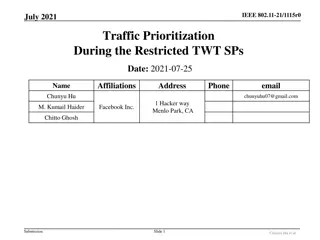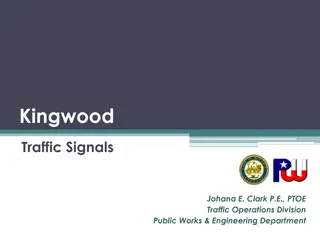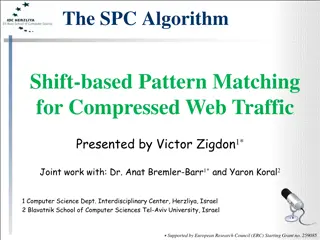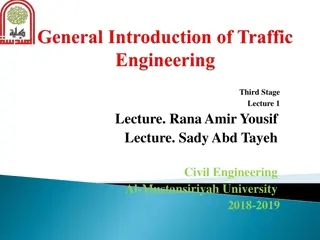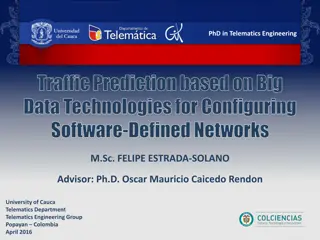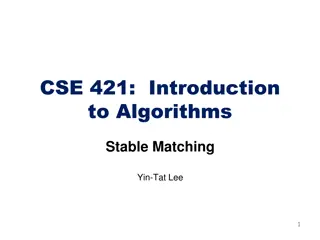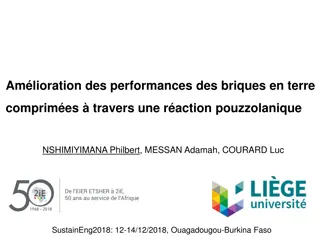Accelerating Multipattern Matching on Compressed HTTP Traffic
At the core of modern security tools lies a pattern-matching algorithm. Learn about compressing data using the LZ77 algorithm, AhoCorasick (AC) algorithm, and AC DFA for various patterns. Explore the transition table of automata and more.
Download Presentation

Please find below an Image/Link to download the presentation.
The content on the website is provided AS IS for your information and personal use only. It may not be sold, licensed, or shared on other websites without obtaining consent from the author.If you encounter any issues during the download, it is possible that the publisher has removed the file from their server.
You are allowed to download the files provided on this website for personal or commercial use, subject to the condition that they are used lawfully. All files are the property of their respective owners.
The content on the website is provided AS IS for your information and personal use only. It may not be sold, licensed, or shared on other websites without obtaining consent from the author.
E N D
Presentation Transcript
Accelerating Multipattern Matching on Compressed HTTP Traffic Published in : IEEE/ACM TRANSACTIONS ON NETWORKING, VOL. 20, NO. 3, JUNE 2012 Authors : Bremler-Barr, A. ; Interdiscipl. Center, Efi Arazi Sch. of Comput. Sci., Herzlia, Israel ; Koral, Y. 1
Introduction At the heart of almost every modern security tool is a pattern-matching algorithm. Multipattern matching on compressed traffic requires two time-consuming phases, namely traffic decompression and pattern matching. Most current security tools either ignore scanning compressed traffic or disable the option for compressed traffic. 2
LZ77 Algorithm The LZ77 algorithm compresses data that has already appeared in the past (a sliding window of the last 32 kB of data) by encoding it with a pair (distance, length), where distance is a number in [1, 32768] length is a number in [3, 258] 3
Examples abcdefabcd abcdef(6, 4) <title>Test</title> <title>Test</[6;12] Blah blah blah blah blah! Blah b[D=5, L=18]! 4
AhoCorasick (AC) algorithm The basic AC algorithm constructs a deterministic finite automaton (DFA) for detecting all occurrences of given patterns by processing the input in a single pass. 5
AC DFA for patterns arrows, row, sun , under 7
AC DFA for patterns WOMAN, MAN , MEAT , ANIMAL 10
The AC algorithm requires significantly more time than decompression. Decompression is based on consecutive memory reading from the sliding window, hence it has low read-per-byte cost. The AC algorithm employs a very large DFA that is accessed with random memory reads, which typically does not fit in cache, thus requiring main memory accesses. 14
AhoCorasick-based algorithm on Compressed HTTP (ACCH) The basic observation is that if the referred string does not completely contain matched patterns, then the pointer also contains none. The algorithm may skip scanning bytes in the uncompressed data where the pointer occurs. 15
Three Special Cases 1. The pattern starts prior to the pointer, and only its suffix is in the pointer. 2. The pointer contains a pattern prefix, and its remaining bytes occur after. 16
In order to detect those patterns, we need to scan a few bytes within the pointer starting and ending points denoted by pointer left boundary and right boundary scan areas, respectively. If no matches occurred within the referred string, the algorithm skips the remaining bytes between the pointer boundaries denoted by internal area. 17
Left Boundary (First Case) The algorithm should continue scanning the pointer bytes (in the uncompressed data) as long as the number of bytes scanned within the pointer is smaller than the current DFA state s depth. 20
Right Boundary (Second Case) If the depth of the corresponding byte is below some constant CDepth, this byte is marked with a status of Uncheck; otherwise the byte is marked Check. The algorithm locates the last occurrence of an Uncheck status position within the referred string. Let unchkPos be the corresponding position within the pointer. The scan is resumed from unchkPos CDepth + 2 bytes prior to the pointer end, and the DFA state is set to start state. 22
Internal Area (Third Case) A byte with a Match status means that a pattern (or more) ends at its location. Let matchPos be the position within the pointer, corresponding to the position of the Match status within the referred string. Using the status information, we could detect whether an entire pattern was referred to by the pointer by scanning a few bytes prior to the matchPos in the same manner as in the case of the right boundary. 23
Experimental Results Two data sources: traffic that was captured by a corporate firewall for 15 min and a list of the most popular Web pages taken from the Alexa Web site. Two signature data sets: one of ModSecurity, an open-source Web application firewall, and the other of Snort, an open-source network intrusion prevention and detection system. 25
Conclusion Surprisingly, it is faster to do pattern matching on compressed data, with the penalty of decompression, than doing pattern matching on uncompressed traffic. 28
Reference Dictionary Matching Automata The Aho- Corasick Algorithm Importance of Aho-Corasick String Matching Algorithm in Real World Applications - String Matching 29



